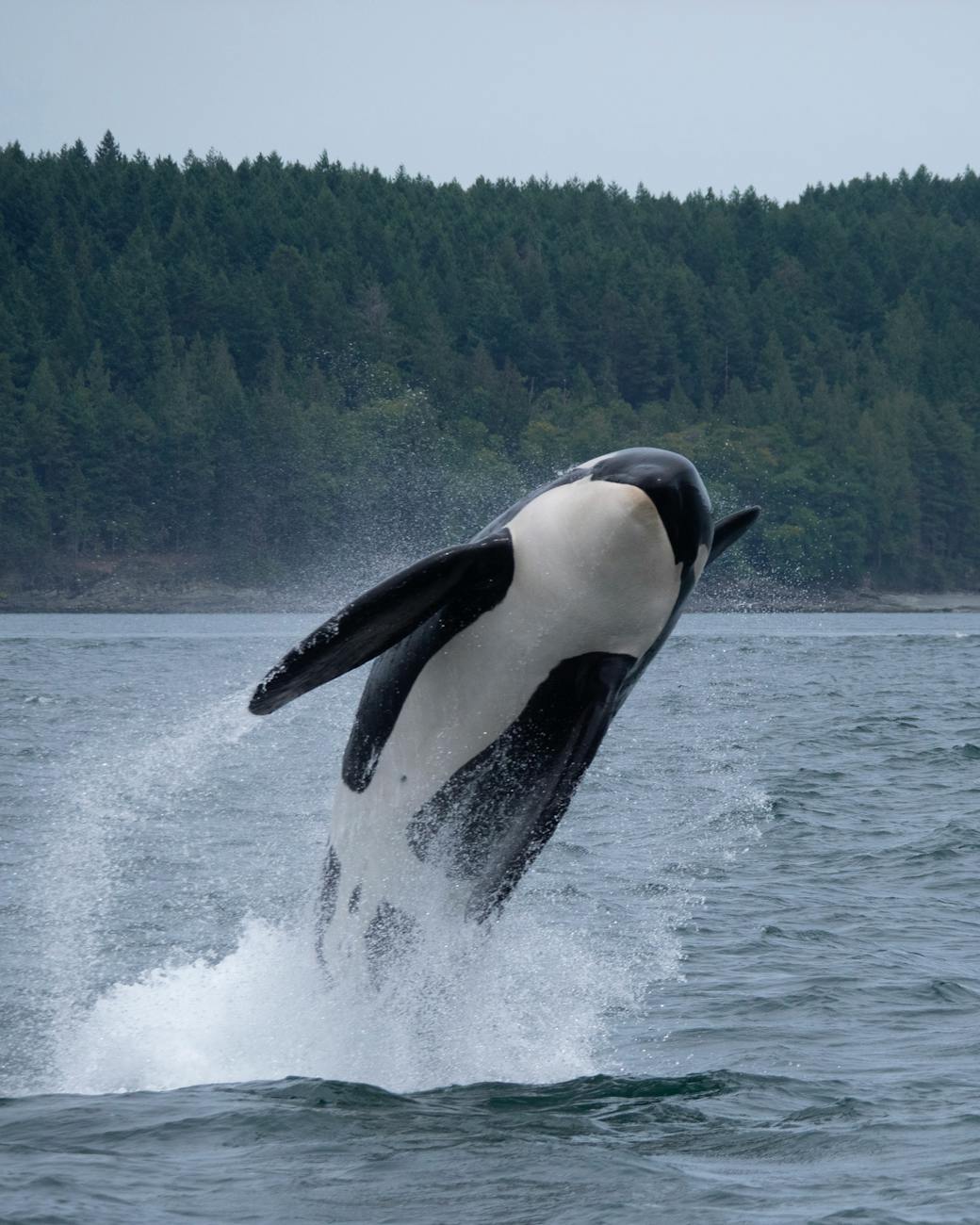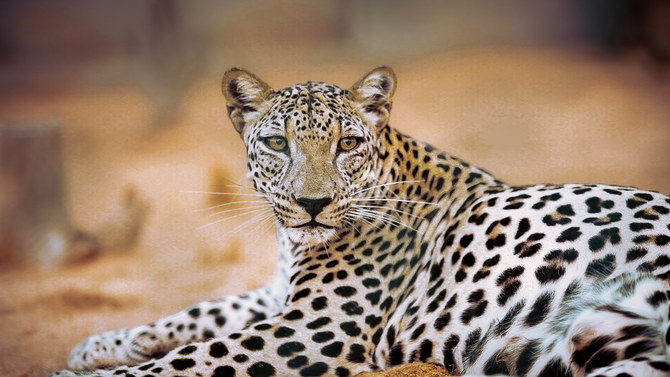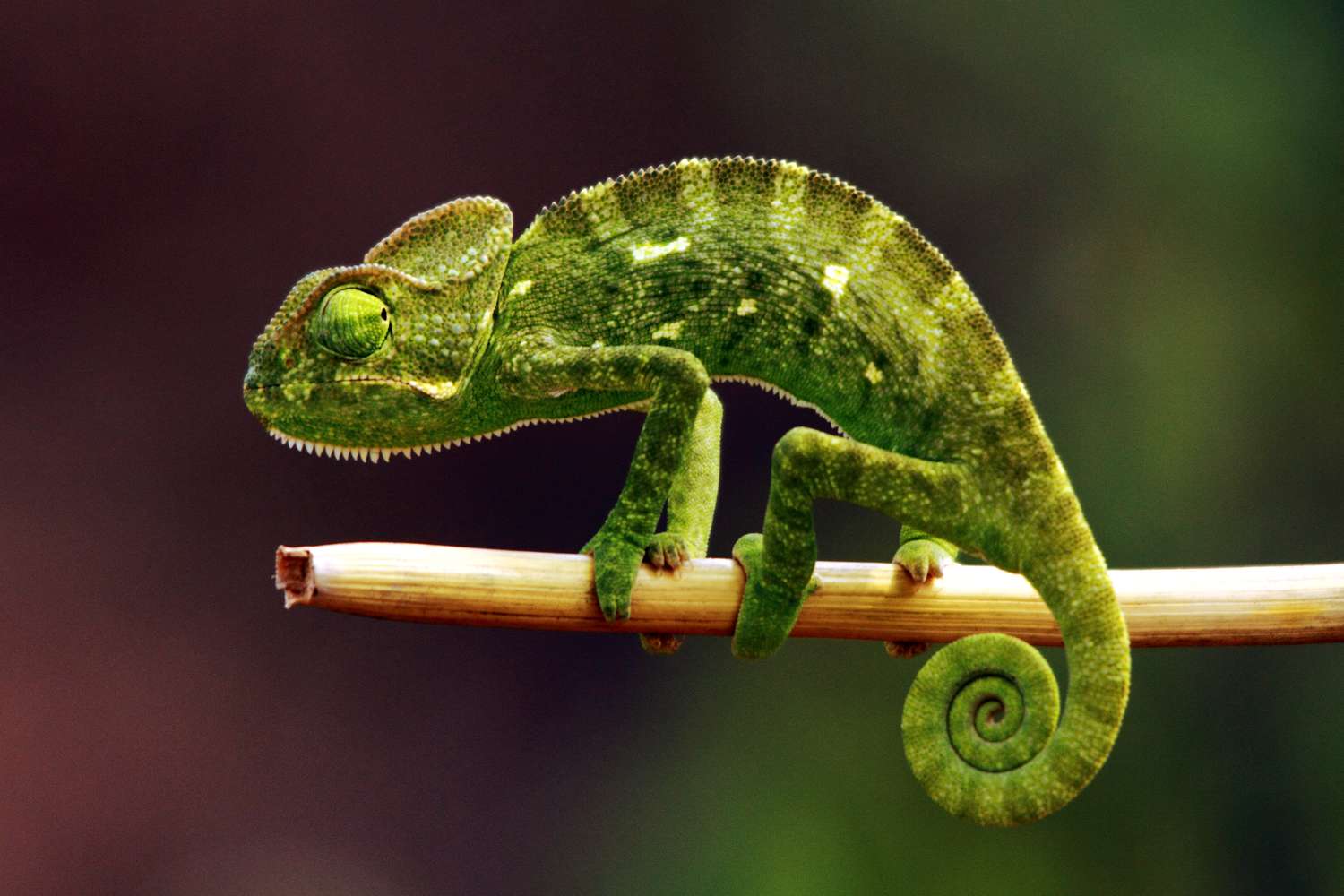
Koala FAQs: Unveiling the Secrets of the Adorable Marsupial
The koala, with its fluffy fur and eucalyptus-loving ways, is a beloved icon of Australia. But beyond their cuteness, these marsupials have a fascinating story to tell. Here are some frequently asked questions to help you learn more about koalas:
1. Are koalas bears?
Despite the common nickname “koala bear,” koalas are not actually bears! They are marsupials, meaning they raise their young in a pouch. Their closest relatives are actually wombats and kangaroos.
2. Where do koalas live?
Koalas are native to Australia and are found in eucalyptus forests along the eastern and southern coasts. They spend most of their time high up in the trees, munching on eucalyptus leaves.
3. What do they eat?
Koalas have a specialized diet consisting almost entirely of eucalyptus leaves. These leaves are low in nutrients and high in toxins, but koalas have a special digestive system that allows them to break down the tough leaves and extract the nutrients they need.
4. Why are eucalyptus leaves important?
Eucalyptus leaves are not only a food source for koalas, but also provide them with hydration. Koalas rarely need to drink water because they get most of their moisture from the leaves they eat.
5. How do they sleep so much?
Koalas are known for being sleepyheads, often snoozing for 18-22 hours a day! This is because eucalyptus leaves are low in energy, so koalas conserve their energy by sleeping for long periods.
6. Are koalas social animals?
Koalas are generally solitary creatures, except for mothers raising their young. Males may have overlapping territories and occasionally interact with females during breeding season.
7. Are koalas endangered?
Sadly, koalas are classified as Vulnerable by the IUCN. Habitat loss due to deforestation and disease are major threats to their survival.
8. Do koalas get sick?
Yes, koalas are susceptible to several diseases, including chlamydia. This is a sexual transmitted bacterial infection that can cause a variety of health problems in koalas, including blindness, urinary tract infections, and infertility. Chlamydia is a significant threat to koala populations, and scientists are working on developing vaccines and treatment strategies.
9. What can we do to help koalas?
- Support organizations working on koala conservation and research.
- Advocate for sustainable forestry practices that protect eucalyptus forests.
- Reduce your paper consumption to decrease demand for wood pulp, which can contribute to deforestation.
By taking action, we can all play a part in ensuring that these adorable marsupials continue to thrive in the Australian landscape.
More photos below ↓












